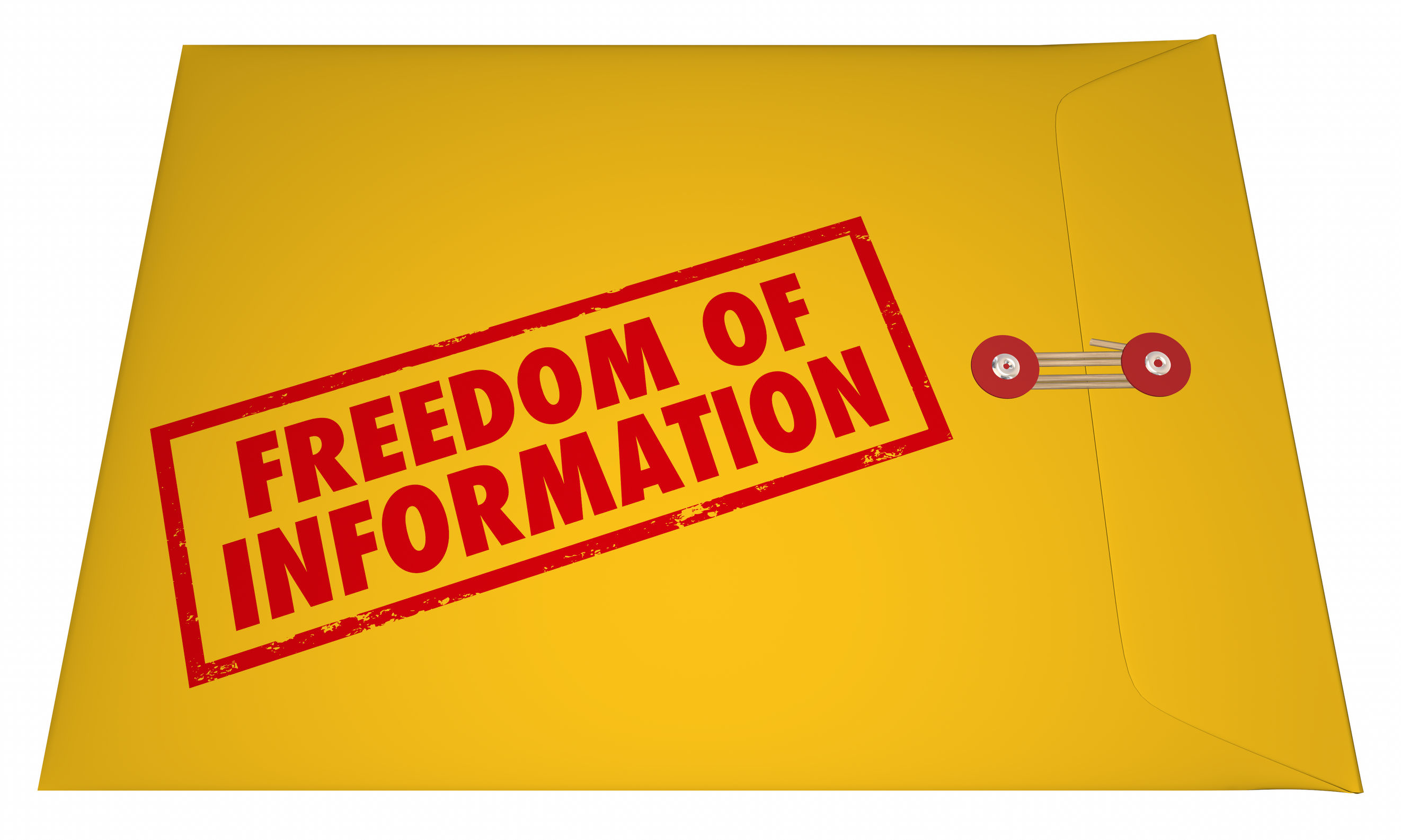Rep. Stephen Owens, a Hesston Republican, says he loves newspapers, but it’s time to change state policy requiring cities, counties, and school districts to spend a lot of money publishing legal notices in print. He requested the introduction of HB 2237, a bill that would allow local government entities to publish their legal announcements on their websites.
“I love my local newspapers. I love the work they do,” Owens said. “This certainly isn’t an anti-newspaper bill. It’s a fiscally conservative option for cities, counties and school districts.”
Currently, government agencies and legislative bodies are required to publish in a newspaper public information about things like court actions, foreclosures and zoning board hearings. Under Owens’ proposal, cities, counties and school boards could instead post those notices on their own websites.
However, Doug Anstaett, a lobbyist for the Kansas Press Association, says the bill would put government in charge of its own information.
“We think we provide an independent way of informing the public that is secure and can’t be hacked,” he said. “…Print is permanent. A legal notice stands up in court as proof that the public was notified as required by law.”
Newspapers charge public entities for the print space, and Owens says his bill would save cities, counties and school boards money. He heard from one county clerk who said the local newspaper charged as much as $21,000 to print notices of property tax delinquencies in her county three times as required by state law.
“First of all, that seems like an outrageous amount of money, even if it’s for a full page,” he said.
According to Anstaett, newspapers are bound by law to only charge public entities what they would charge other customers for print space. State law also provides counties to be partially reimbursed for printing tax delinquency notices, though he admits the charge may be too little.
Statute allows counties to tack a $15 fee onto delinquent property tax bills to recoup the cost of issuing the public notice.
“The delinquent taxpayer ought to pay for that expense,” Anstaett said. “We would certainly support a higher fee on that particular public notice. It’s probably out-of-date and needs to be increased.”
Anstaett isn’t opposed to publishing notices on the internet. In fact, he says the Kansas Press Association created a Kansas Public Notices website to do just that. The site is voluntary, so it doesn’t capture every public notice across the state, but it allows individuals to search by word, city, county or other public entity. The site costs the KPA more than $17,000 per year.
“We’ve invested quite a bit of money into putting up this site,” he said. “We think we’ve made an effort to the contribution of transparency.”
Owens’ bill would require local governments to publish notices on the homepage of their own websites and leave them there for at least 90 days.
“Websites are backed up everyday by their servers. It would be very easy to know it has been published and met the mandatory minimums,” Owens said.
In Illinois and Ohio, the states designated their state press associations as the official website for public notices, and Kansas could do something similar, Anstaett suggests. In the meantime, lawmakers continue to grapple with how to cut costs to local governments without limiting transparency and access to information.
“I think the theory has always been that public notices are there to be noticed,” Anstaett said. “The way they get noticed is by being somewhere that people are regularly looking.
He used his own property as an example. Anstaett owns a farm in Osage County, and his father-in-law saw a notice in the paper for a hearing on a potential development on adjacent land. Without his father-in-law seeing the notice, Anstaett wouldn’t have known about the development plan or attended the hearing.
“If you put the notices only on the internet, the public isn’t likely to say, let me go to the internet and see where the public notices are,” Anstaett said. “It’s more highly likely that it’s going to be noticed in print. It’s right there as people thumb through the newspaper.”
But Owens said fewer and fewer people are thumbing through the paper these days.
“We see subscriptions starting to fall off, and we see the demographics of newspapers is really hitting an aging population,” he said. “Statistically, the younger electorate isn’t receiving a newspaper.”


